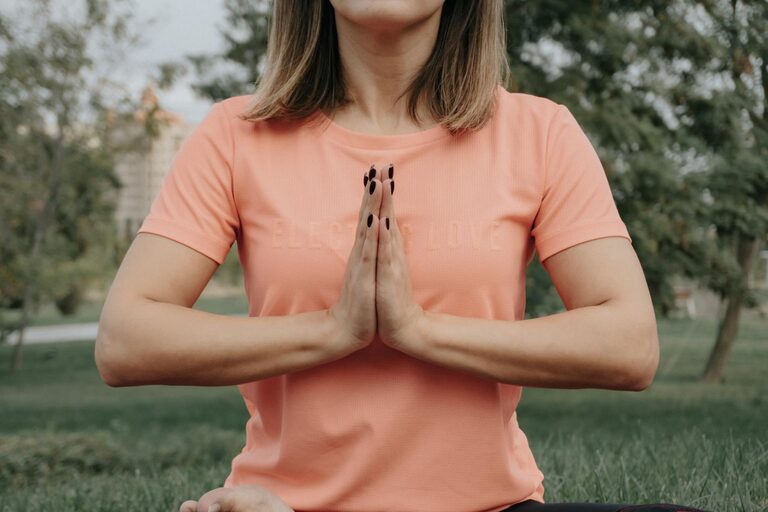What Is Mindful Walking?
Mindful walking is a simple, practical way to bring awareness and presence into your everyday life. It involves paying close attention to the experience of walking—how your feet touch the ground, the movement of your body, your breathing, and the sights and sounds around you—without judgment or distraction.
Unlike regular walking, which can often be automatic or rushed, mindful walking encourages you to slow down, connect with the present moment, and foster calmness and clarity.
Why Practice Mindful Walking?
Practicing mindful walking regularly offers a variety of benefits:
– Reduces stress and anxiety: Focusing on your steps and surroundings helps quiet the mind and reduce anxious thoughts.
– Improves concentration: Mindful walking trains your brain to sustain attention on a single activity.
– Enhances mood: Being present with nature and movement can boost feelings of happiness and contentment.
– Supports physical health: Walking gently engages your muscles and joints while promoting circulation.
– Accessible to all: No special equipment or training required; you can practice anywhere.
—
How to Get Started with Mindful Walking
Starting a mindful walking practice is easy and can be done in your own time and space. Follow these simple steps:
1. Choose Your Walking Space
Pick a safe, quiet place where you won’t be disturbed. This could be a park, a quiet street, your backyard, or even indoors.
2. Set a Time Limit
Begin with just 5 to 10 minutes. As you get comfortable, you can extend this to 20 or 30 minutes. Short, frequent sessions are more effective than long, infrequent ones.
3. Stand Still and Center Yourself
Before walking, stand still for a moment. Feel your feet on the ground and take a few deep, natural breaths to settle into the moment.
4. Start Walking Slowly
Begin walking at a slower pace than usual. Focus on each step—from lifting your foot, moving it forward, to landing heel-first and rolling through the toes.
5. Use Your Senses
Engage your senses to ground yourself:
– Sight: Notice the colors, shapes, and movement around you.
– Sound: Listen to birds, wind, distant chatter, or the sound of your shoes.
– Smell: Take in the scents of flowers, fresh air, or rain.
– Touch: Feel the breeze on your skin or the texture of the ground beneath your feet.
6. Pay Attention to Your Breath
Try to breathe naturally and observe the rhythm of your breath as you walk. Notice the in-and-out flow without trying to control it.
7. Gently Bring Back Your Focus
If your mind wanders (which is completely normal), gently bring your attention back to the sensations of walking—your feet, breath, or surroundings.
—
Tips for a Successful Mindful Walking Practice
– Wear comfortable shoes that support your feet and allow you to walk naturally.
– Avoid distractions such as phones or music unless they aid your focus (like nature sounds).
– Practice regularly, ideally daily, to build a lasting habit.
– Combine mindful walking with other mindfulness exercises like body scans or seated meditation.
– Be patient and kind to yourself; mindfulness is about awareness, not perfection.
—
Common Challenges and How to Overcome Them
– Restlessness or impatience: Start with shorter sessions and remind yourself that mindfulness takes practice.
– Mind wandering: Gently refocus on your steps or breath without frustration.
– Discomfort or pain: Adjust your walking pace or take breaks. If pain persists, consult a healthcare professional.
– Finding time: Incorporate mindful walking into daily routines, like walking to work, during breaks, or errands.
—
Mindful Walking Variations to Try
– Walking meditation: A structured practice often used in meditation traditions, walking slowly and deliberately.
– Nature walk: Practice mindfulness while exploring a natural environment like forests, beaches, or gardens.
– Gratitude walk: Focus on things you appreciate during your walk, enhancing positivity.
– Silent walk: Avoid talking or distractions to deepen your presence.
—
Final Thoughts
Mindful walking is a gentle and effective way to cultivate mindfulness through movement. It blends the benefits of physical activity with mental clarity and emotional balance. By taking time to walk mindfully, you invite calm, focus, and joy into your daily life—one step at a time.
So, grab your shoes, step outside, and start your journey toward mindfulness and well-being today!


